Description
Herb Catnip seeds
Herb Catnip seeds offer the promise of cultivating a versatile herb with a myriad of benefits. Known for its irresistible allure to cats, catnip is a member of the mint family and boasts fragrant, heart-shaped leaves. The seeds, when sown in well-draining soil and exposed to ample sunlight, give rise to robust plants with distinctive white flowers. Catnip is not only a feline favorite but also holds significance for humans, traditionally employed for its soothing properties in herbal teas. Beyond its aromatic appeal, catnip seeds allow enthusiasts to nurture this easy-to-grow herb, creating a delightful addition to both the garden and the home.
Cultivation Advice
- Choose well-draining soil with a slightly alkaline to neutral pH. Sow catnip seeds directly in the garden or in containers, pressing them lightly into the soil, and covering with a thin layer of soil.
- Catnip thrives in full sun but can tolerate partial shade. Ensure the plants receive at least 6 hours of sunlight per day for optimal growth.
- Keep the soil consistently moist during the germination period. Once established, catnip is drought-tolerant, so allow the soil to dry slightly between waterings.
- Catnip seeds typically germinate within 7-14 days. Provide consistent moisture and warmth during this period to encourage successful sprouting.
- If planting multiple catnip plants, space them about 18 to 24 inches apart to allow for their spreading growth habit.
- Apply a layer of organic mulch around the catnip plants to help retain moisture, suppress weeds, and regulate soil temperature.
- Pinch back the tips of catnip plants regularly to encourage bushier growth. This also helps prevent the plants from becoming too leggy.
- Catnip can act as a natural insect repellent. Consider planting it near vegetables and other plants to deter certain pests.
- If you have cats, be prepared for their interest in catnip. The plant is known to induce a temporary euphoric response in cats, making it a favorite among feline friends.
- Harvest catnip leaves before the plant flowers for the best flavor and potency. You can air-dry the leaves and store them for later use in teas or as a cat treat.
- Catnip is a perennial and often comes back each year. Mulch around the base of the plants in late fall to protect them during winter.

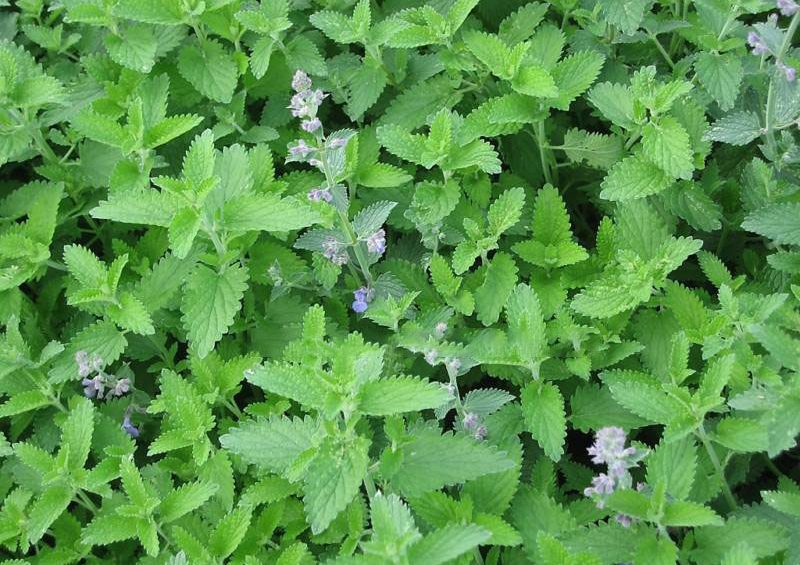
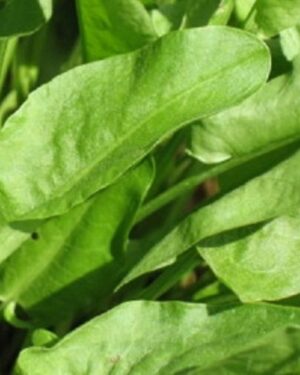
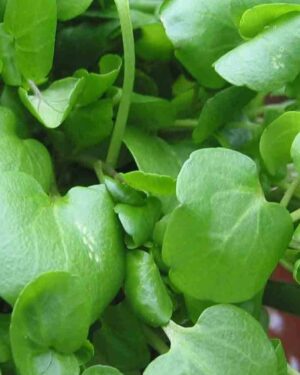
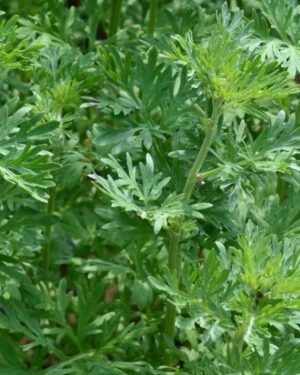
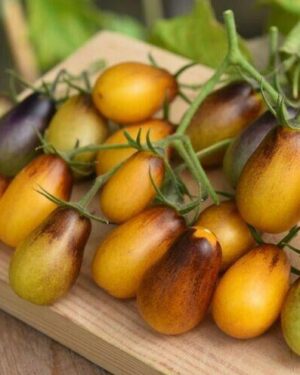
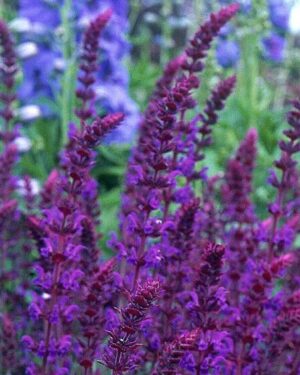
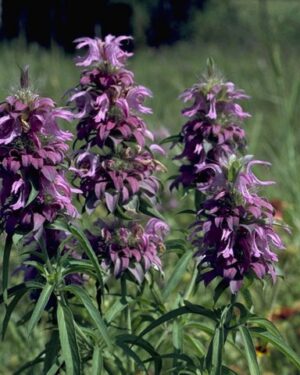
Reviews
There are no reviews yet.